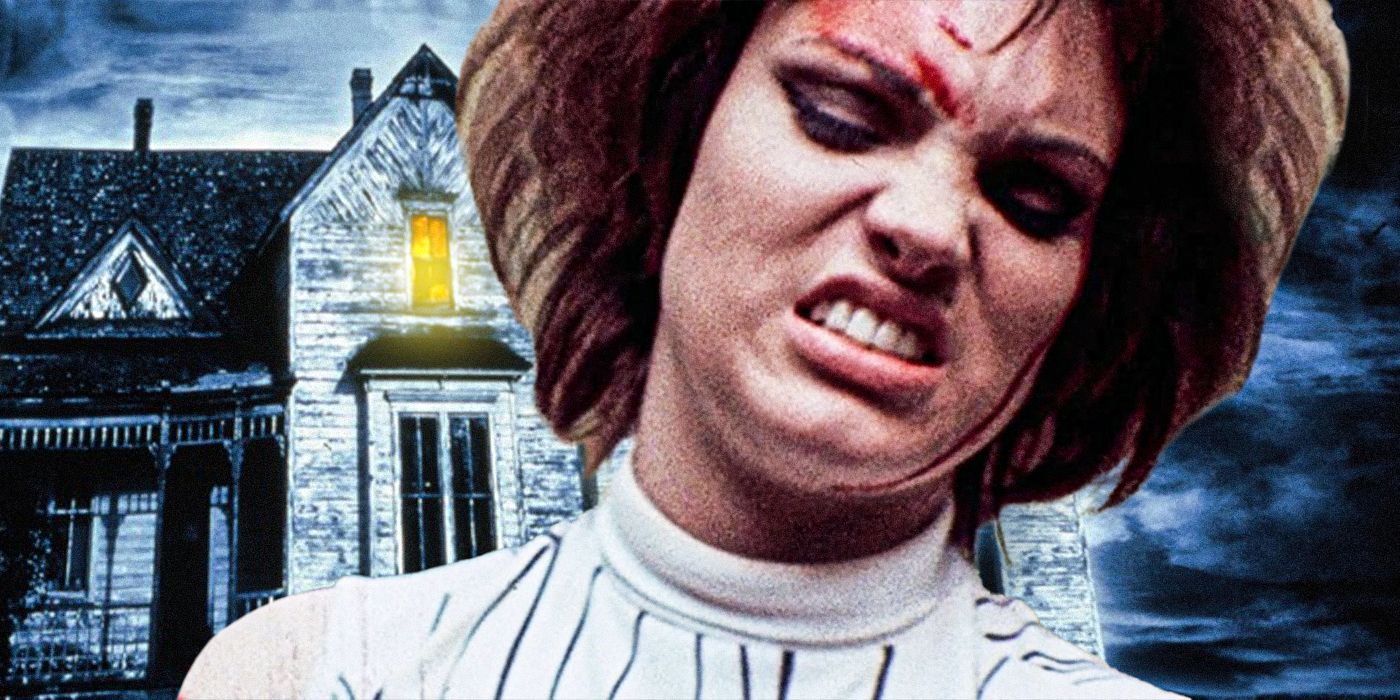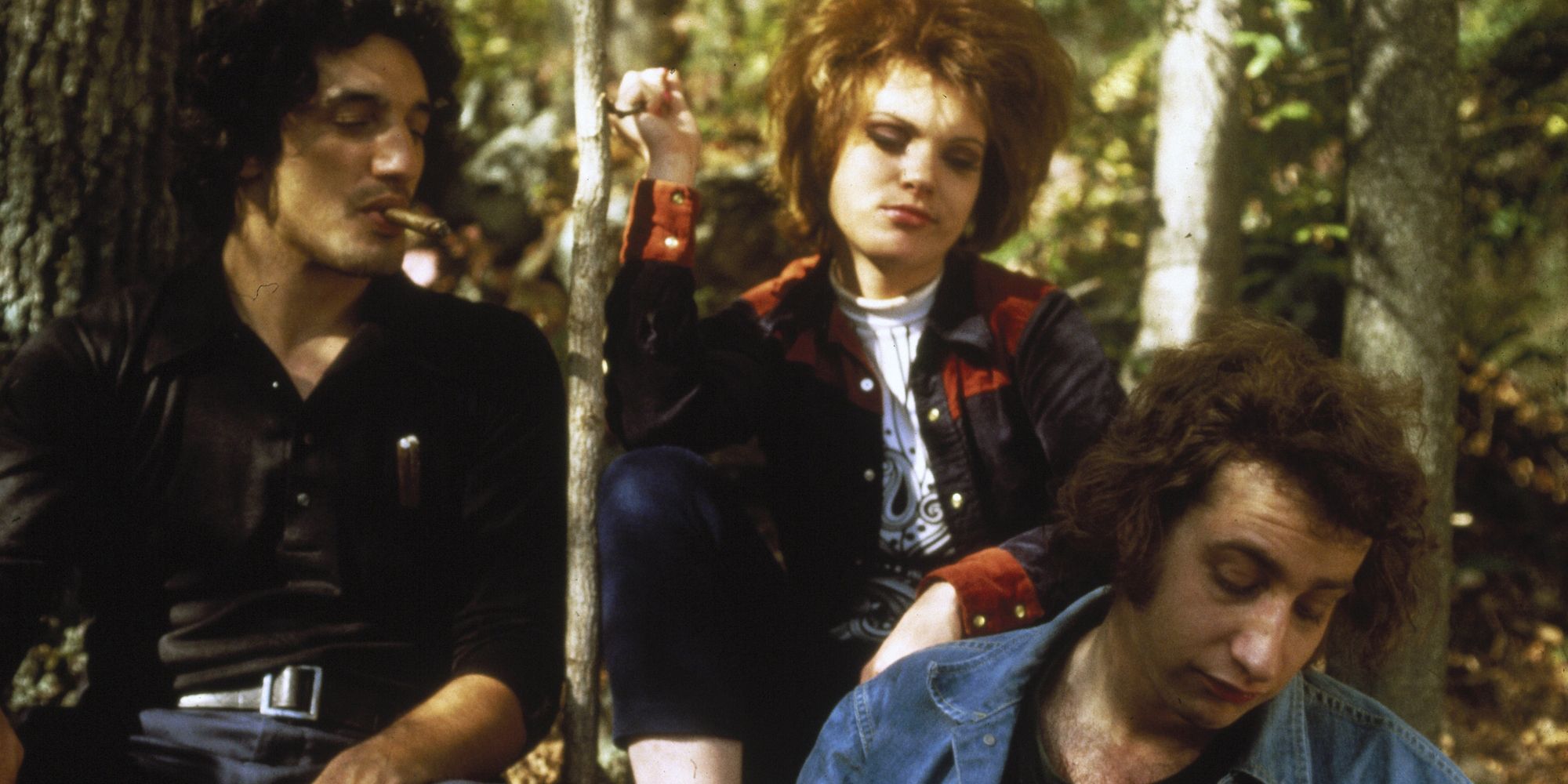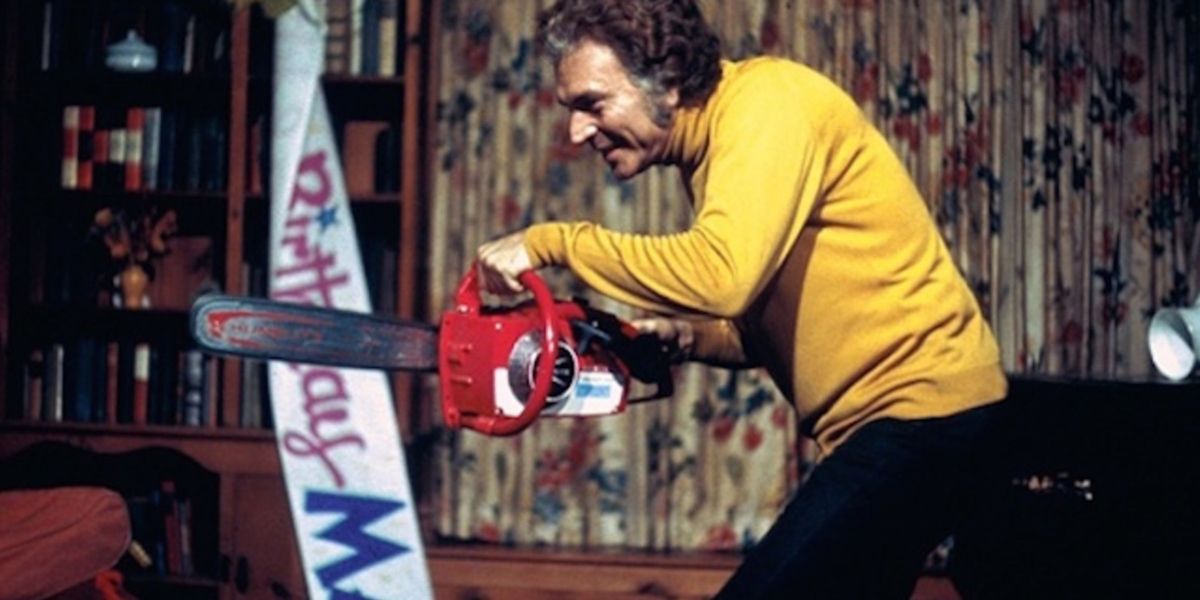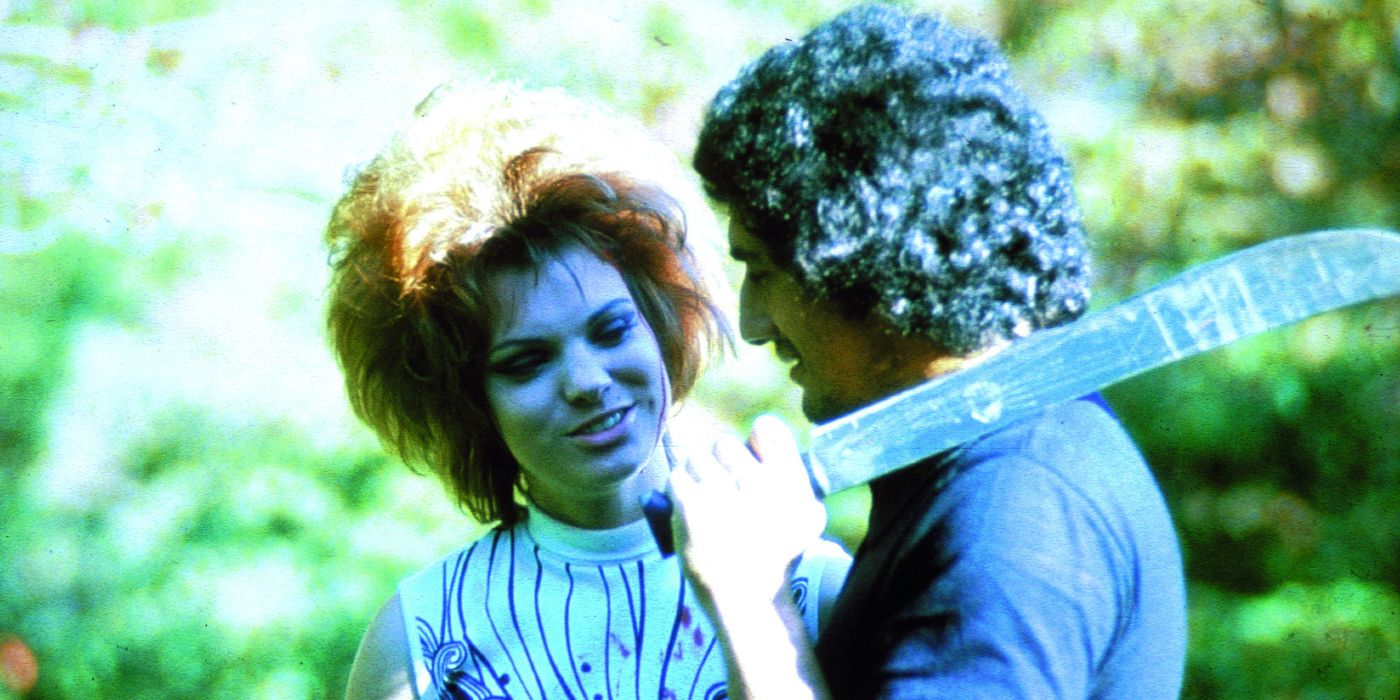Last House on the Left was torn limb from limb. When Wes Craven and Sean S. Cunningham set out to make a horrifically violent movie, they went at it with gusto, but by the time they were distributing the thing, even they were having some second thoughts. Many changes were made throughout the production process: some scenes never made it through to the second draft of the script, some were cut or fell through during filming, others made it through the editing room. But just because a scene had survived the editing process did not mean that it was there to stay. The reels distributed to the theaters were unknowingly being sent into their own massacre.
The outrage that Last House attracted upon release was far from accidental. As sincere and intellectual as Craven and Cunningham’s motives were with the movie, they never shied away from the fact that they had been commissioned to make a violent movie that would see a respectable box office run as a result of word of mouth. The guys knew what they were doing, and in the early stages of development, threw around some really out-there ideas, including the movie just being a straight-up horror porno. While the concept of unsimulated sex was dropped by the time shooting began, the remaining material was certainly challenging for the cast, and would present many issues when it came to actually releasing the thing.
What Is 'Last House on the Left' About?
Last House on the Left is a rape-revenge story. Mari (Sandra Cassell) and Phyllis (Lucy Grantham) are two young hippie chicks on their way to a concert in the city, when they are kidnapped by a gang of criminals. Krug (David Hess) and Weasel (Fred Lincoln) have recently busted out of jail and are now on the run with their girlfriend Sadie (Jeramie Rain) and Krug’s addict son Junior (Marc Sheffler). They take the girls out to the woods, where they torture and murder them, before seeking refuge at a nearby house, which just happens to be Mari’s home. When her folks realize what has happened, they exact their grim revenge and are left in a devastated mess of misery and guilt. Despite the third act being pretty grisly, including one death by masticated penis, it is the torture scenes in the woods that attracted the most controversy for the movie.
As is often the case in cinema, violence is one thing, but sexual violence is another. The most cursory search for controversial movies will turn out titles such as A Serbian Film, Irréversible and Salò, all with the common ground of graphically depicting sexual violence. Although Last House’s imagery seems tame in comparison to these titles, it really pushed the bounds of decency in its day, so much so that its most offensive scenes have not been seen in any cut of the movie in over forty years. With these scenes restored, it might be easier to understand what all the fuss was about.
There Are Lots of Different Cuts of the Movie
There are two kinds of lost footage when it comes to Last House - that which exists in some available cuts of the movie, and that which does not. Whether on VHS, DVD or online, viewers could be watching any one of around a dozen different versions, ranging from 79 to 84 minutes. Legend even tells of a 91-minute cut. The cast and crew have talked of scenes they shot not making the cut, or once being there but disappearing. Until quite recently, there was a lot of talk about lost scenes that people remembered seeing in theaters once, or that the cast had mentioned in interviews. Thanks to the efforts of filmmaker/historian Roy Frumkes, all this gossip finally got some resolution in the 21st century, when he unearthed outtakes and deleted scenes which got released as special features on the Metrodome 3-disc DVD release.
It takes a fan to spot the differences between most of the versions of the movie, often coming down to finer details - it’s a matter of cutting a reaction shot, or a line of dialogue. In some versions, for example, the brief shot of Phyllis’ wet jeans, or blood on Mari’s fingers, is cut. The essence of the movie remains the same, but there are numerous subtle cuts that are so minimal that one might wonder what the point of their removal is in the first place. These are the sorts of changes that can be attributed to theater owners and other third parties, who made their own manual edits according to their standards and those of their patrons.
Longer Versions Have a More Noticeable Difference
There are some more sizable additions in the longer versions of the movie that make more of a difference. One key change is the scene in which Mari’s parents find her by the river. In almost every cut of the movie, she is already dead, but in at least one case, the original arrangement of the scene is intact, where Mari is still alive when her parents find her, and she describes her attackers to them, allowing them to realize who their houseguests are. Although they come to this same realization just fine without the scene playing out this way, it is an interesting turn for the narrative. After seeing Mari’s flippant attitude towards her parents’ priggish ways earlier in the movie, it is nice to see her interact with them one last time, with all politics thrown aside, united in their familial love and need for support. In other cases, Junior’s nightmare scene is sometimes extended with more flashbacks to earlier violence, while Phyllis’ murder carries on for a few extra seconds which see Sadie pulling out the girl’s intestines.
The Holy Grail Footage
The second kind of lost footage - the kind that is not seen in any existing cut of the movie - is the Holy Grail found by Roy Frumkes. After a grueling editing process and a lengthy battle with censors and distributors, Wes Craven was thoroughly pissed off with the whole Last House affair, and gave boxes of clippings and reels to Frumkes to do with what he wished. This stash was exhumed several times over the years in efforts to reconstitute the full movie. So widely mutilated were the reels that a complete original copy of the movie was nowhere to be found, so one had to be stitched together from multiple versions. However, even in these cases, there was plenty of footage left over that was not fit for purpose, either because the quality was too poor or the content too grim. It is in this vein that the most mysterious and elusive lost footage of Last House is found.
During the ordeal in the woods, there is a scene in which Mari is on the ground being tormented off-screen, and Phyllis whispers to her an escape plan, before making a run for it. Close-watchers will see Sadie’s head pop up into frame as she notices the escaping hostage. This is the last remaining indicator of an infamous missing scene in which Sadie forcibly performs oral sex on Mari, a scene which according to some sources may have been in the original theatrical cut, and was unsurprisingly and rapidly excised. This scene finally saw the light of day with the Metrodome DVD release, and it offers some interesting insight. Chiefly, it is a look into the guerilla filmmaking process adopted for the shoot; one can’t help but feel for the actors, and imagine how nerve-wracking it must have been to play such a scene out in public, with no permits or security, knowing anybody could just wander by at any moment. This scene also indicates just how hardcore Craven and Cunningham had chosen to go with the movie. Although they had stepped it down from actual pornography, it was still very in-your-face, clearly intending to show the true brutality of sex crimes.
There is also the extended version of the scene in which Mari and Phyllis are forced to “make it with each other”, which is briefly alluded to in most copies of the movie, before cutting back to the parents at the house. Although the sound is missing on all of this lost footage, it does appear that some of these shots are finished enough to have once been in a complete reel. The lack of audio track means that a truly uncut version of the film looks unlikely, but Frumkes’ work does lend some hope. Indie film was a very casual, as-and-when sort of affair back in the early 70s, and Last House was made with whatever the crew could get their hands on, including family members’ rental homes and borrowed police cars. It is entirely possible that in its long and troubled history, copies of the audio tracks or other exiled pieces of footage ended up somewhere, in an attic or garage, and still exist, just waiting to be found. Perhaps someone will strike lucky at the estate sale of a recently deceased former theater owner or promoter.
It is unfortunate that there may never be a complete, truly uncut version of Last House on the Left. Given how thoroughly dissected and relocated the movie has been over fifty years, it is miraculous that so much of it has come out the other side at all. The work of Craven, Frumkes and a number of other parties involved along the way helped bring us the versions of the movie that we know today. Without these guys’ efforts to preserve and restore the film, it may not have survived at all. But even if the five minutes of lost footage that debuted in 2010 is only ever viewed as a novel special feature for horror geeks, those frames tell their own little story. A story of lowest-rung indie filmmaking that turned out something special, of a time when conservative and liberal values butted heads over censoring art, of a generation of young hippies desperately screaming into the void. Any fans wanting the most complete version of this story need look no further than David A. Szulkin’s book Wes Craven’s Last House on the Left: The Making of a Cult Classic.




